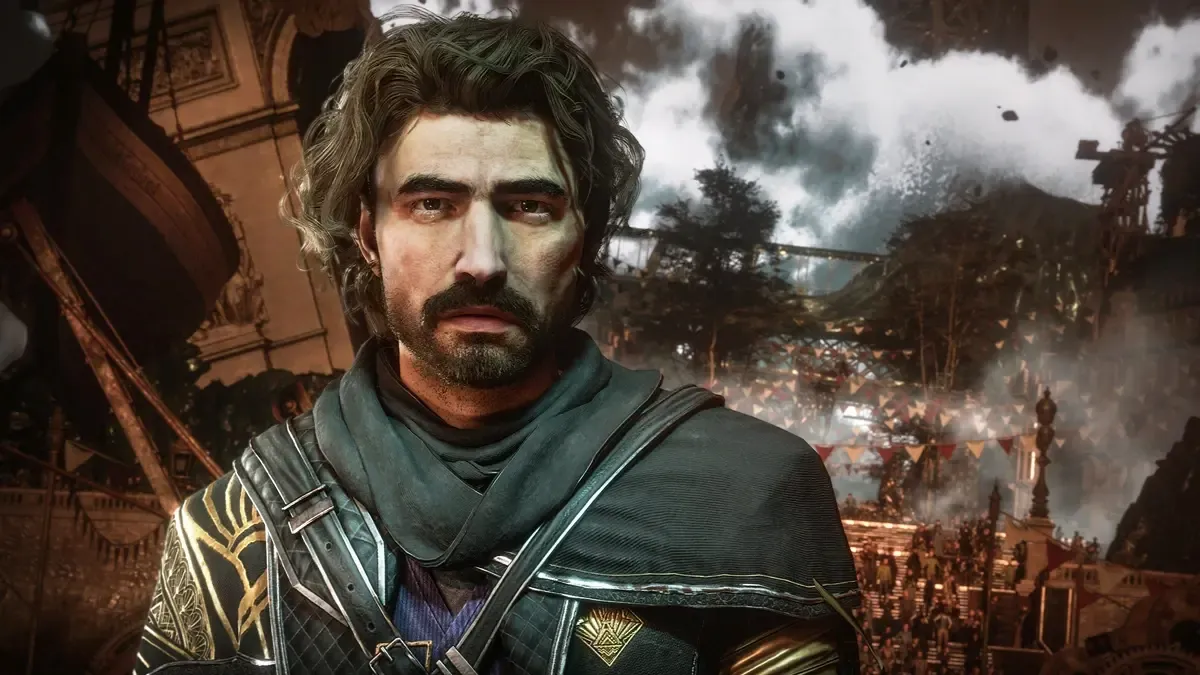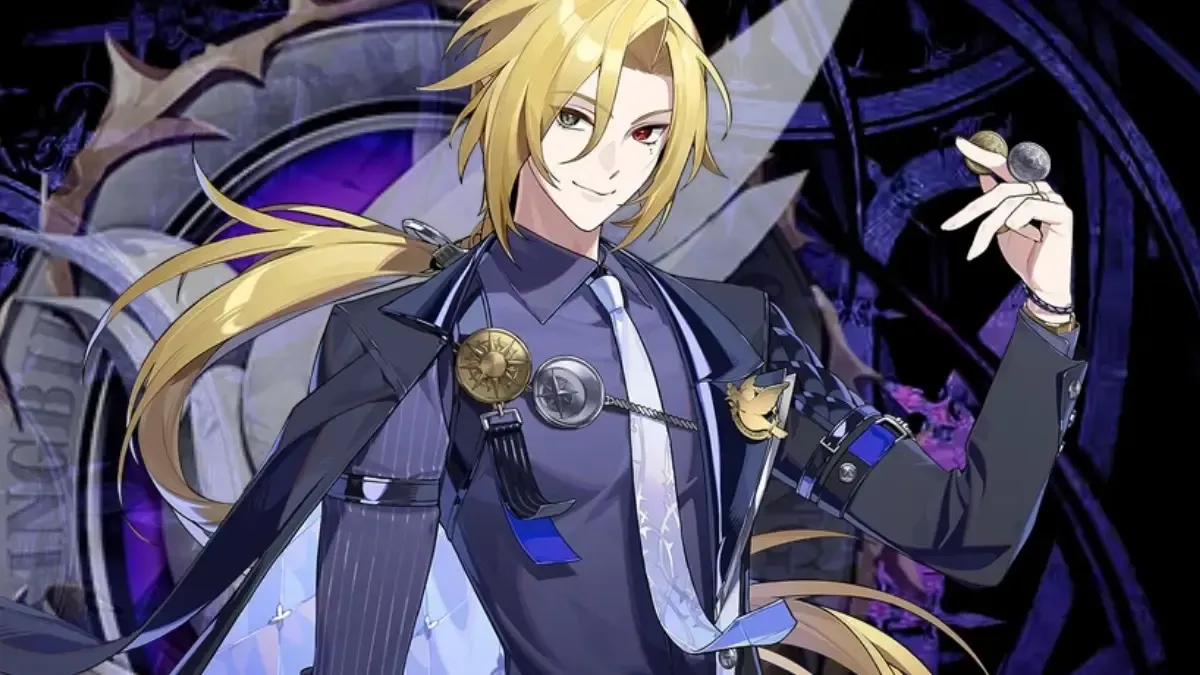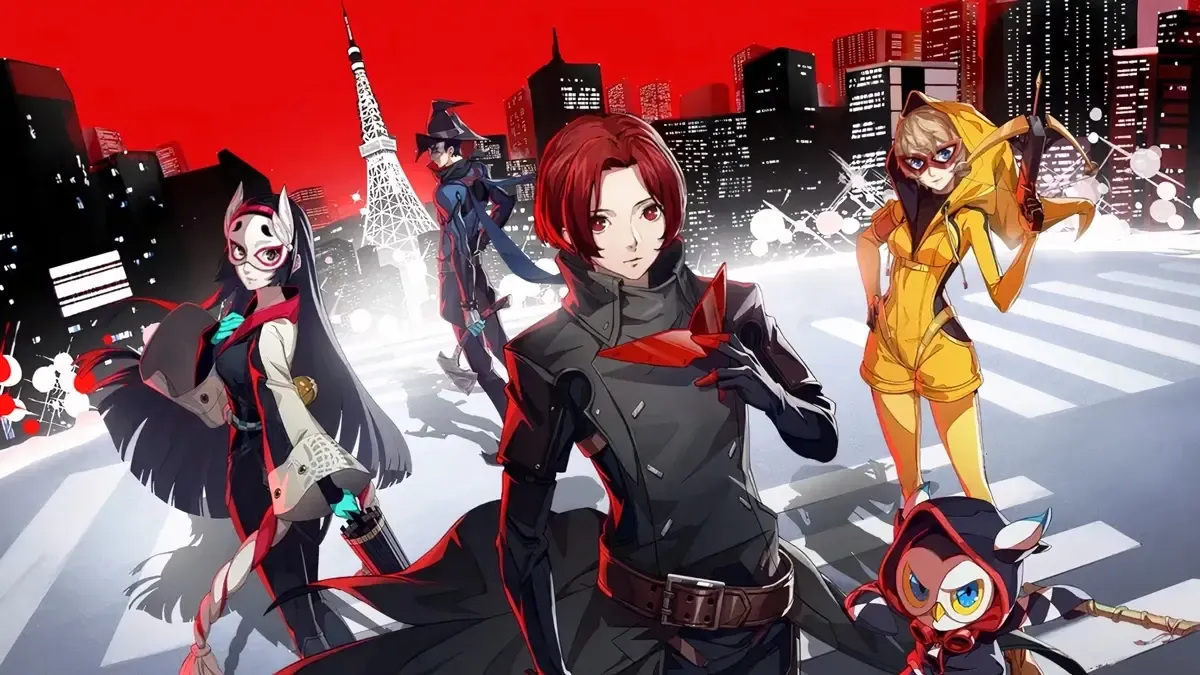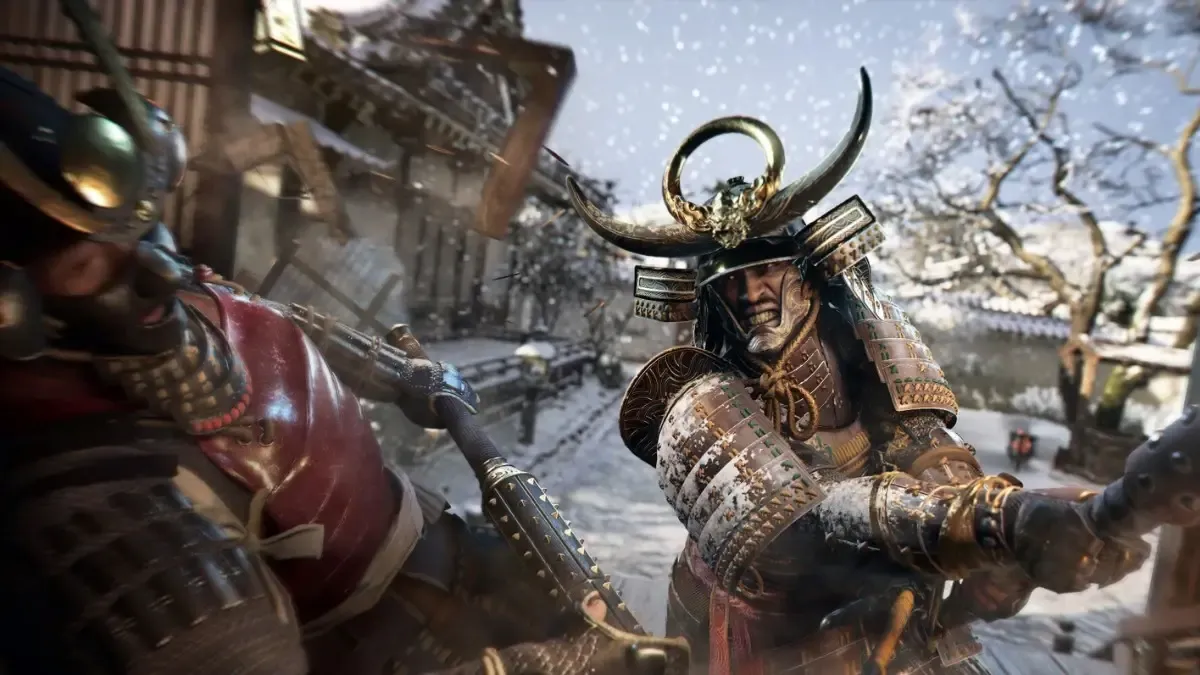Clair Obscur: Expedition 33 proves that, sometimes, all an RPG needs is a good mystery.
Game developer Sandfall Interactive’s turn-based RPG Clair Obscur: Expedition 33 has been the subject of mass anticipation since its reveal, thanks to its gorgeous saturated colours, innovative combat system, and stacked voice cast. However, the flashy nature of this game’s marketing might have undersold its most enthralling aspect: an overarching mystery that surrounds the ethereal Paintress, who destroys entire generations with a stroke of her brush.
While the game’s combat was fun enough to keep me engaged, and its world gorgeous enough to keep me wandering off the beaten path, it was the mystery at the heart of this story that saw me take these characters to the end of their journey. Every twist and turn in the winding journey of Expedition 33 kept me glued to the screen, in eager anticipation to unravel the mystery of the Paintress, and her stubborn and inexplicably specific insistence on terrorising the small town of Lumiére.
Clair Obscur: Expedition 33 would be half the game that it is without the teasing of its central mystery, and that’s true of many all-timer RPGs that came before it. I love a good mystery, so let’s talk about why RPGs are so obsessed with them.
How Clair Obscur handles its mystery

From the get-go, Clair Obscur: Expedition 33 positions itself as a mystery game of sorts. Refusing to spoon feed the specifics of its premise to the player, it begins with a slow-burn 40-minute prologue that throws terms like “Gommage,” “Expeditions,” and “the Paintress” at the player long before they learn what these words actually mean.
Over time, and exposition-laden dialogue, we learn that the Gommage is an annual event wherein the Paintress, an enigmatic godlike figure, paints a number. Everyone in the town of Lumière who is of an age above that number disappears during the Gommage. Decades of Gommages later, this town has labelled the Paintress as a villainous murderer, and frequently sends Expeditions to find and kill her.
However, every answer the game gives us is frequently followed by yet another, even bigger mystery. Once the player learns the basics of this premise, they’re thrown into the larger world of Clair Obscur, where past expeditions have travelled into and subsequently died to an assortment of threats. The player meets fairy tale-like creatures and nightmarish monsters, and even a human-like stranger hellbent on slaughtering Expedition 33.
Throughout their journey, players will find themselves asking time upon time again: “Why?” Few answers are given to satisfy their lust for clarity, driving them forward and further into the biggest mystery of all: who is the Paintress, and what are her motivations?
More RPGs revolving around mysteries
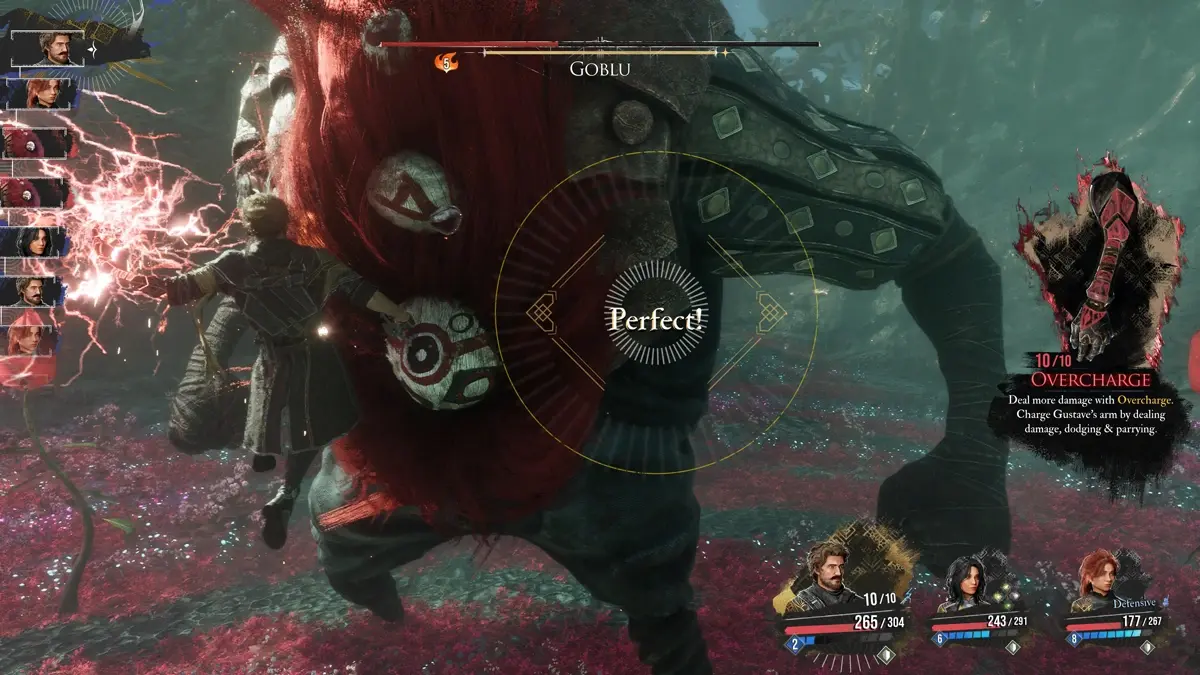
Clair Obscur: Expedition 33 is not the only game to nudge players forward with mysteries, of course. The role-playing game genre is often defined by its sweeping scope and fantastical settings, with games in this space throwing players into the deep end of narrative pools already overflowing with dialogue, ensembles, and worldbuilding. It can be a lot to ask of the player; for them to be interested in all of these elements from the get-go. A good mystery does wonders to pull them into the thick of it willingly.
Take Final Fantasy 7 (1997), for example. Players begin in a strange steampunk-like city setting called Midgar, and quickly find themselves on the trail of an angelic-yet-brutal being named Sephiroth. As the story expands, the enigma of Sephiroth takes shape, and players uncover his connections to Cloud, Midgar, and the very source of energy that keeps this world alive. Sephiroth’s backstory is scattered across the campaign like jigsaw pieces, and players move forward by picking them up, one after another.
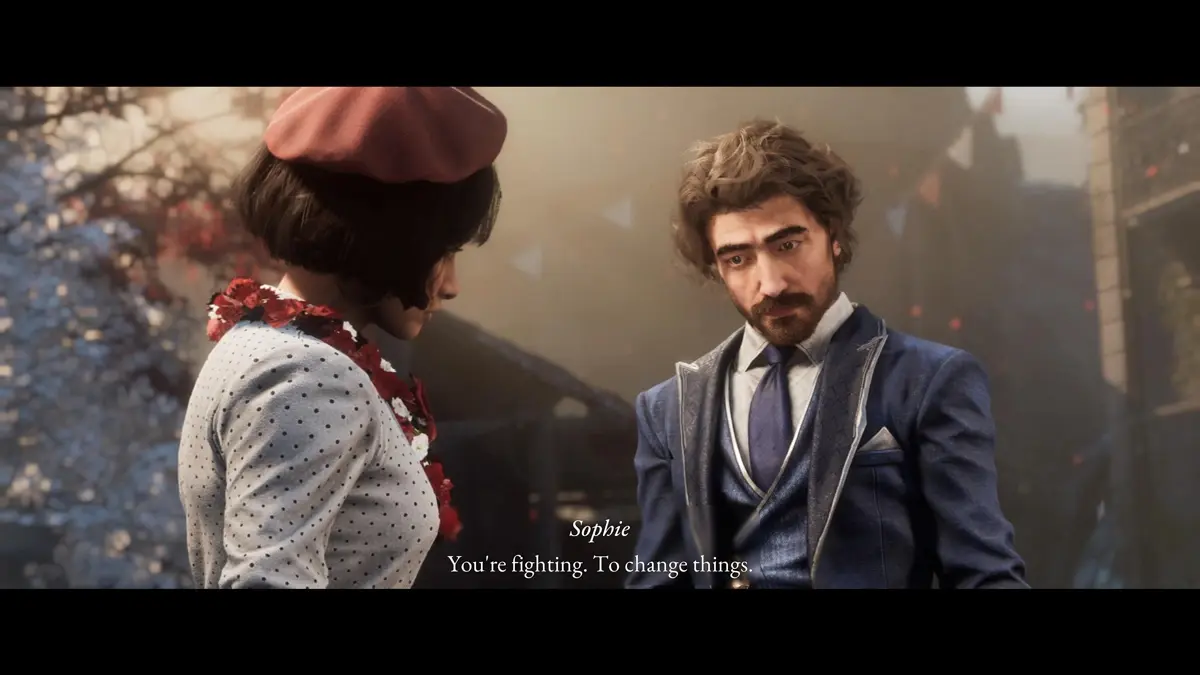
With the Final Fantasy 7 Remake trilogy, Square Enix found a novel way to keep the mystery alive for players already well-accustomed with the original game’s twists and turns. Once again, the mystery centres on Sephiroth, who behaves a little differently in the remakes than in the original game. Strange beings called Whispers appear when Cloud and his friends experience major changes from the original story. Characters who are meant to be long-dead are shown to be quite alive. A pivotal moment in Final Fantasy 7 Rebirth concerning Aerith plays out a lot differently, leading fans to theorycraft, replay the games, and ultimately wait on bated breath for the trilogy-capper to deliver answers.
We'd be remiss to not include the actual murder-mystery RPG Disco Elysium, which asks players to unearth the answers to two different questions: who is the amnesiac detective they're playing as, and who killed the hanged man in his actual backyard? The Witcher 3: Wild Hunt has players look for Geralt's missing adoptive daughter Ciri, The Outer Worlds has them uncover the fate of a colony ship called the Hope, Persona 4 has players resolve unexplained murders in a small town, and… well, you get the idea.
More games should have mysteries!
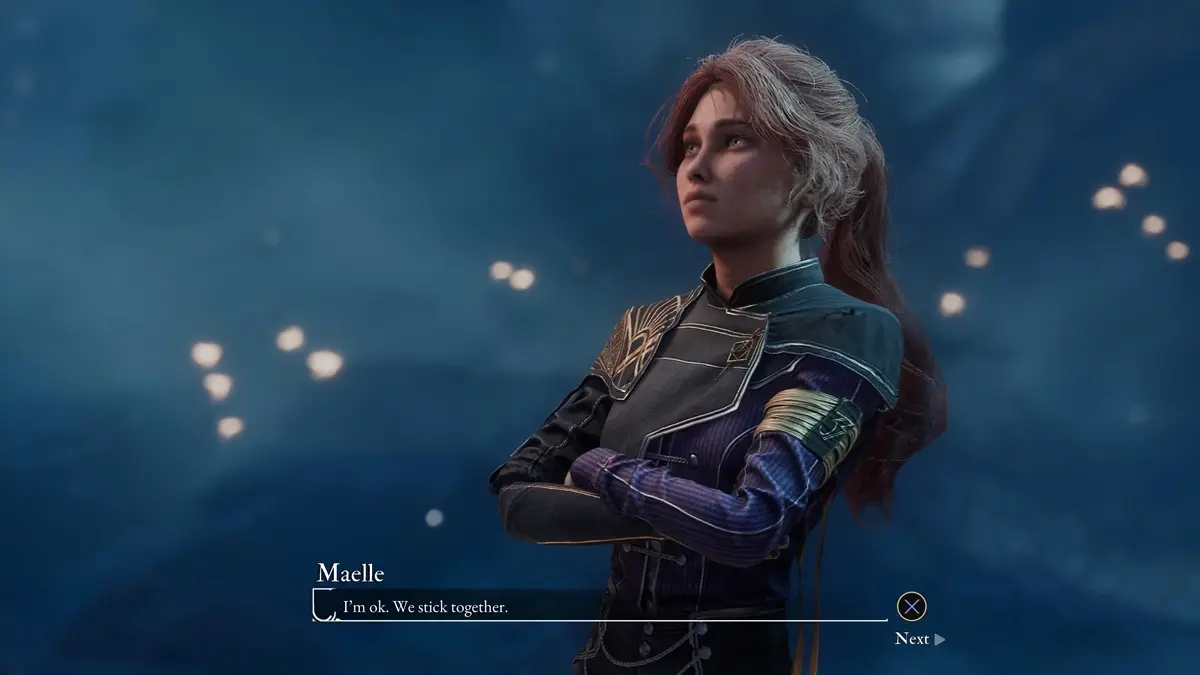
I hear you ask: but isn’t this true of all RPGs? Don’t they all use mysteries to keep players attached to their controllers until the credits roll? Certainly, this is true of many RPGs–just not all of them. Take the Pokémon games, for example. One could argue that there is some mystery involved in finding new Pokémon, but that’s not what drives the player forward. The main thrust of mainline Pokémon games comes in triplicate: collecting Pokémon, beating Gyms, and facing down the game’s Legendary. It’s an open secret for fans of the franchise: these games’ predictability is part of their charm.
I'd argue that The Elder Scrolls V: Skyrim largely follows this format as well. Players work their way towards defeating Alduin, while collecting a series of Dragonborn-specific abilities, and clashing or befriending other faction leaders across the wintery region of Skyrim along the way. Much like Pokemon, it’s hardly the main campaign that entices players to keep playing–but rather exploration, quests, and building up their skills.
Clair Obscur: Expedition 33 isn’t even the only game in recent memory to have players chase after an almighty big bad like the Paintress for the entirety of its campaign. Diablo IV has players do much the same in hunting down Lilith, only its story feels much less intriguing by comparison. Arguably, this is because Lilith’s backstory and motivations are directly spelled out to the player along the way, even if the two don’t meet until the very end of the campaign. Clair Obscur keeps the Paintress shrouded in mystery for much longer, keeping the player distracted with puzzles like Verso’s family and the fate of previous Expeditions.
It’s not a whodunnit, it’s a howcatchem
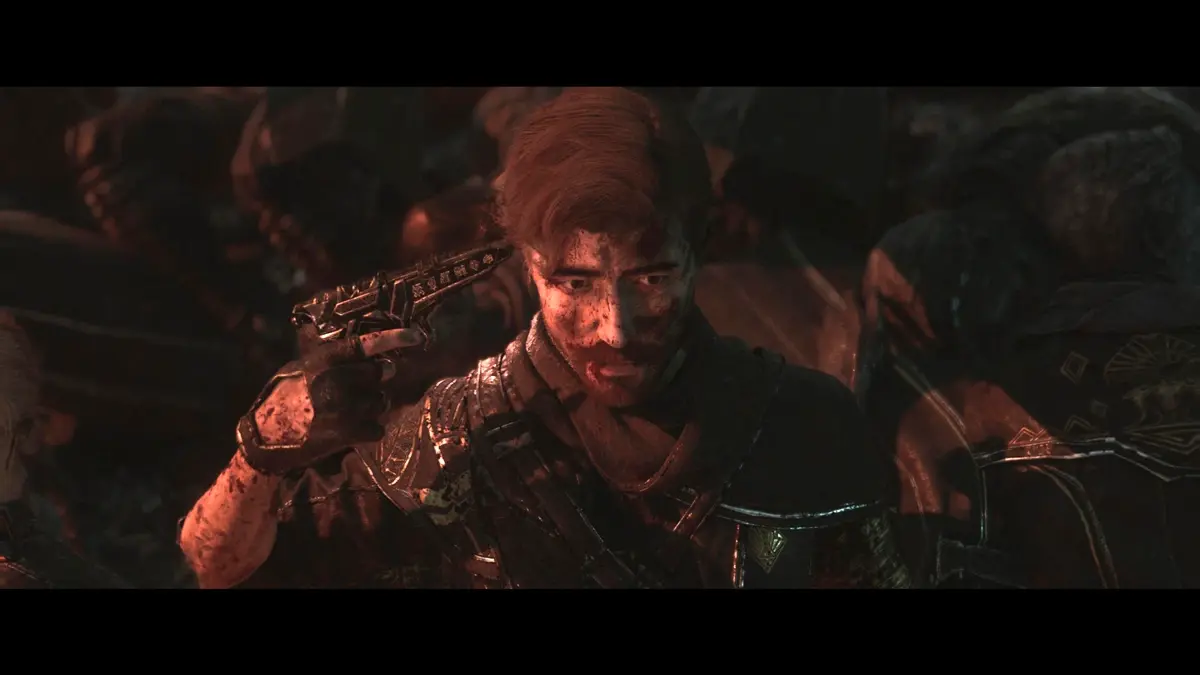
There’s no one way to make an RPG, but Clair Obscur: Expedition 33 has chosen the path of intrigue in cementing an identity for itself. This is very much a fantastical mystery that players are tasked with unravelling over time, but that’s clearly not its only selling point. Its surreal visuals mix together Belle Époque imagery with the grim morbidity of a world ruled by death, its combat fuses turn-based combat with quick-time events to keep long engagements from getting stale, and its ensemble cast comes in a colourful variety, each character armed with unique insights to provide the player on their journey.
All that being said, I felt no stronger pull in this game than I felt towards the Paintress. In many ways, Clair Obscur is an inverted detective story. Rather than unveiling the perpetrator behind Lumière’s mass killings, we’re finding out how Expedition 33 plans to stop her from striking again. We already know that the Paintress did these murders, but how will this group of depressed and underpowered individuals put an end to her reign of terror over Lumière?
The answers, as always, keep us playing.
Clair Obscur: Expedition 33 launched on 24 April, 2025 on PlayStation 5, Xbox Series X|S, and PC. We received a copy of the game from Bandai Namco Entertainment.

